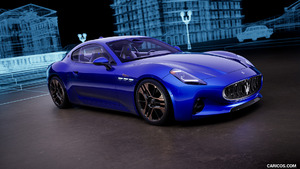Mitsubishi GC-PHEV Concept
The Mitsubishi Concept GC-PHEV ("Grand Cruiser") is a futuristic next-generation full-size crossover that combines the capability and energy efficiency of a dynamic plug-in hybrid electric vehicle (PHEV) powertrain in a muscular-looking yet highly refined vehicle.
Every bit as capable off-road as its brawny sheetmetal suggests, it features a supercharged V-6 engine paired with a high-output electric motor/high-capacity lithium-ion battery, a sophisticated 8-speed automatic transmission and Mitsubishi Motors' advanced full-time Super All-Wheel Control (S-AWC) all-wheel drive for outstanding performance and tractability in even the most daunting terrain and road conditions. This eco-friendly PHEV drivetrain offers high performance (335 bhp/250 kW) with exceptional fuel economy because of its Mitsubishi innovative Electric Vehicle (MiEV) technology.
Inside you'll find a sophisticated and modern cabin that has been designed to offer an exceptional degree of comfort for all its occupants. It also has an array of innovative next-generation safety and convenience technologies including Mitsubishi's signature augmented reality technology AR Windshield and touchscreen-based Tactical Table connected car information system.
Exterior Design
The exterior design of the Concept GC-PHEV is marked by the carefully placed angular creases in the sheetmetal that when combined with the overall imposing dimensions and muscular silhouette of this vehicle, express a sense of performance, capability and safety.
The powerful exterior composition makes it look as though a master craftsman chiseled it by hand out of a single block of granite. Paradoxically, the Concept GC-PHEV's form was carefully designed to include aerodynamic enhancing features throughout its exterior to minimize energy wasting parasitic drag.
Up front, the sleek, narrow headlights perched atop the daytime running lamps have been positioned as high as possible for maximum effectiveness and visibility. The front grille cascades from the hood down to the lower section of the front fascia. Active variable louvers have been placed within the grill to enhance engine cooling when the engine management system deems it necessary.
At the rear of the vehicle, the large tailgate marries aesthetically appealing crisp and contemporary lines with outstanding functionality, providing exceptional rearward visibility to the driver. The exterior aesthetic of the Concept GC-PHEV embodies a spirit of adventure and rugged capability and hints at the exciting design language for future Mitsubishi production vehicles.
Interior Design
Mitsubishi Motors focused on a new direction for the interior of the Concept GC-PHEV that places equal importance on comfort, functionality and technology for all of the vehicle's occupants.
All four of the Concept GC-PHEV's occupants get their own ergonomically-designed bucket seat and everyone in the vehicle has access to an exciting new Mitsubishi technology – the Tactical Table.
A technologically advanced new feature for the driver is Mitsubishi's new AR Windshield (see "Safety" on page 12 for more info) that utilizes augmented reality to relay critical information in the driver's line of sight across the windshield.
Access to the spacious interior is made even easier for all four occupants thanks to the Concept GC-PHEV's reinforced body construction that allows for the traditional B-pillar to be removed altogether.
Tactical Table
A new vehicle technology incorporated in the Concept GC-PHEV is the Tactical Table. Located in the center of the cabin between the four seating positions, the touch-screen Tactical Table is an innovative new information system that makes connected car technology an interactive experience available to everyone inside the vehicle.
The Tactical Table provides an advanced means of two-way communication between the vehicle's occupants, whether assimilating information for a road trip or having fun through its advanced infotainment features.
When the driver or one of the passengers places their smartphone atop the Tactical Table they can create, collect, exchange and/or share information with others using the Concept GC-PHEV's onboard communication system.
Next-Generation PHEV with MiEV Technology
The highly advanced and powerful plug-in hybrid electric vehicle (PHEV) drivetrain featuring Mitsubishi innovative Electric Vehicle (MiEV) technology is a perfect complement to the "go anywhere, do anything" attitude of a rugged yet refined vehicle like the Concept GC-PHEV.
MiEV technology is the name given to Mitsubishi Motors' proprietary EV- and PHEV-based drivetrain systems and features components and software that have been engineered to deliver outstanding capability, safety and reliability. MiEV technology powers production vehicles including the 100-percent electric-powered Mitsubishi i-MiEV and the plug-in hybrid Mitsubishi Outlander PHEV.
Mitsubishi Motors' very successful EV- and PHEV-focused motorsports endeavors – including multiple electric vehicle class wins at the famous Pikes Peak International Hill Climb and the grueling FIA-sanctioned Asia Cross Country Rally continue to advance Mitsubishi Motors' plug-in electric vehicle development.
The MiEV PHEV drivetrain powering the Concept GC-PHEV consists of a gasoline-powered supercharged 3.0-liter V-6 engine paired with a lightweight, compact and high-output electric motor that together produce a maximum of 335 horsepower/250 kW and a main drive lithium-ion battery pack with storage capacity of 12 kWh (which is located behind the rear axle and beneath the rear cargo area floor). This energetic yet extremely efficient powertrain combination makes for exciting acceleration with plenty of torque while offering excellent fuel and energy efficiency – the best of both worlds.
For additional power optimization with reduced exhaust emissions, the 3.0-liter supercharged V-6 engine benefits from the latest iteration of Mitsubishi Innovative Valve timing Electronic Control (MIVEC) variable valve timing.
Another welcome feature of the Concept GC-PHEV's advanced plug-in electric vehicle drivetrain is that the system's high-capacity main drive lithium-ion battery pack can act as a mobile power source. The 100 volt AC onboard electrical outlet is capable of delivering an external power supply of up to 1500 watts of electrical energy, ideal for acting as an emergency power source for home appliances in the event of a power outage. Using the energy stored within a fully charged lithium-ion battery pack alone, the Concept GC-PHEV can supply the equivalent of a day's worth of electrical power consumption to the average household. With a fully charged battery pack and a full tank of gas to recharge the battery when necessary, this advanced PHEV drivetrain can provide nearly two weeks (13 days) of emergency power to the average household.
When driving, the PHEV system automatically switches operation between pure EV mode (all-electric) and hybrid mode (engine and electric motor) depending upon driving conditions, remaining energy within the lithium-ion main drive battery pack, and other factors. In EV mode, the transmission allows the engine's output efficiency to be maximized at all vehicle speeds. When driving in hybrid mode, the 8-speed automatic transmission extracts power from the engine while the high-output electric motor kicks in to provide additional power, if required.
Whether driving in EV or hybrid mode, the Concept GC-PHEV's drivetrain always delivers outstanding performance, excellent response and smooth acceleration with quietness and sophistication comparable to that of a high-end luxury vehicle – even when pulling a trailer or driving off-road.
Super All-Wheel Control
A pioneer and recognized global leader in the area of PHEV-based all-wheel drive systems, Mitsubishi has designed an extremely capable Super All-Wheel Control (S-AWC) system for the Concept GC-PHEV to provide the highest degree of safety, tractability and off-road performance. The S-AWC system not only includes electronically-controlled front and center limited-slip differentials but also benefits from a proprietary Electronic-powered Active Yaw Control (E-AYC) system that more precisely controls left/right torque vectoring of the wheels by using a differential motor. The implementation of a differential motor not only improves response but makes for a much more energy efficient system when compared to a conventional hydraulically-operated yaw control system. This helps the E-AYC system to more efficiently recover energy when the vehicle is decelerating – generating more "free" energy to feed into the lithium-ion main drive battery pack.
Connected Car Technology
The Concept GC-PHEV has been equipped with Mitsubishi Motors' advanced "connected car" technology that makes use of next-generation information systems. The connected car systems not only provide an additional level of information and driving-related logistics in a convenient and easy-to-use system, but they can potentially reduce the risk of accidents involving other drivers as well as pedestrians/cyclists by keeping the driver better informed about traffic signal status as well as other vehicles and objects within the vicinity of their vehicle.
While still in the early stages of research and development, connected car technology as developed by Mitsubishi Motors will have a significant impact on the way we utilize our vehicles, as well as how we interact with our cars through the "Internet of Things."
By linking to a vehicle information network, the Concept GC-PHEV's connected car system uploads real-time vehicle status information to the network while simultaneously downloading external data. Information received includes traffic within the area, the status of the traffic signal ahead (currently red, yellow or green), and other information to help the driver operate their car more economically and efficiently than ever before. Another important role for connected car technology is in the area of vehicle diagnostics. For example, the system can detect if there is a mechanical issue with the car, alert the driver to the severity of the problem, then provide information so that the driver can drive to the closest Mitsubishi Motors service center in the area (if deemed necessary). Furthermore, should the vehicle be involved in an accident, the connected car system can immediately contact emergency responders as well as provide them with important information (severity of the crash, alert first responders that the vehicle has a high-voltage system if the vehicle is an EV/PHEV, etc.).
Looking further down the road, future technologies to be incorporated into the connected car system could be novel interfaces such as the AR Windshield, which makes use of augmented reality technology that would allow the driver to collect and process data more safely and efficiently without having to take their eyes off of the road ahead (see "Safety" on page 12 for more information).
Connected car technology has the potential to greatly improve driving convenience, efficiency, comfort and safety. Safety is of immense importance to Mitsubishi Motors as the company continues in its never-ending endeavor to earn the highest safety scores for its production vehicles, like the Insurance Institute for Highway Safety (IIHS) "Top Safety Pick+" for the 7-passenger Outlander and "Top Safety Pick" for the 5-passenger Outlander Sport.
Safety
The Mitsubishi Concept GC-PEV has been equipped with the following advanced safety systems:
AR Windshield
The AR Windshield makes use of augmented reality technology to display critical data to the driver while the vehicle is on the move, greatly improving safety for the vehicle's occupants as well as pedestrians by allowing drivers to more efficiently maintain control of their car without taking their eyes off of the road in front of them. Information projected onto the windshield includes:
- Satellite navigation-based drive route guidance
- Distance to vehicle ahead
- Lane Departure Warning alerts
- Vehicles/pedestrians in blind spots
- Caution Tracking information that includes vehicle-to-vehicle communications
Rearward Blind Spot Vehicle Warning
Rearward Blind Spot Vehicle Warning helps to minimize collisions by alerting the driver of a vehicle approaching from behind. Additionally, the system will detect and alert the driver to the presence of a vehicle or other objects (pedestrians or cyclists in motion, stationary obstructions such as a parked vehicle, fire hydrant, etc.) when the driver's own vehicle is backing up.
Pedestrian Collision Mitigating Auto-braking
Pedestrian Collision Mitigation Auto-braking utilizes both radar- and camera-based systems to detect when a pedestrian walks in front of the vehicle, then automatically applies the brakes to help mitigate injury to the pedestrian or to avoid a collision altogether.
Unintentional Vehicle Move Off Control
The remarkably intuitive Unintentional Vehicle Move Off Control system operates through a camera mounted at the front of the vehicle working in coordination with a variety of sensors. It detects the mistaken or unintended use of the accelerator instead of the brake pedal and then limits engine power to help restrain forward movement of the vehicle. The system also issues a warning to the driver.
Driver Monitor
The Driver Monitor, using sensors in the steering system and driver's seat, as well as a camera positioned in front of the driver, detects changes in the driver's posture and/or eye blinking to determine their level of alertness. If the system detects any abnormalities in driving behavior caused by fatigue or inattentiveness, it will instantly alert the driver. Furthermore, if the system determines that the driver's level of concentration has diminished or that they are taking their eyes off of the road for too long, it will sound an alert to get the driver's attention.
Forward Collision Mitigation*
A radar-based system that, in certain circumstances, helps determine if a frontal collision is imminent and then warns the driver with audible and visual signals. If necessary, the system automatically applies emergency braking to reduce the severity of the collision.
Lane Departure Warning*
As its name suggests, the Lane Departure Warning system is a camera-based system that helps to monitor the lane position of the vehicle and warns the driver via visual and audio alerts should they begin to veer into the next lane.
Adaptive Cruise Control*
This radar-based sensor at the front of the vehicle constantly measures distance between itself and the vehicle in front of it, allowing the driver to select between different following distance settings.
Auto Hi-beam Headlights
Through the use of an onboard camera, the Auto Hi-beam Headlights will automatically dim when the system detects oncoming vehicles or pedestrians, re-illuminating the headlights at full strength once the objects have passed.
*The advanced next-generation safety technologies Forward Collision Mitigation, Lane Departure Warning and Adaptive Cruise Control are already available on the recently redesigned 7-passenger 2015 Mitsubishi Outlander crossover vehicle.
The Future: Advanced Safety Technologies
The advanced systems on display in the dynamic new Mitsubishi Concept GC-PHEV crossover are but a foreshadowing of the futuristic automotive-related technologies that Mitsubishi Motors Corporation (MMC) designers and engineers have in store for their customers in the not-too-distant future.
Already an industry leader in the area of 100-percent electric-powered vehicles (EVs) and plug-in hybrid electric vehicles (PHEVs), the Japanese auto manufacturer is at the forefront in the research and development of vehicle-to-infrastructure communication systems, Intelligent Transport Systems (ITS) and vehicle-to-vehicle driving assistance systems and technologies. Some of these advanced automotive technologies that will likely make their way into future Mitsubishi production cars include:
Next-Generation Driver Safety Support System (DSSS)
An infrastructure-to-vehicle communication system, the Driver Safety Support System improves vehicle occupant and pedestrian safety by communicating between Mitsubishi vehicles and road infrastructure. This helps to prevent accidents by warning the driver of the vehicle – or pedestrians and cyclists not even visible to the driver further down the road – of each other's presence and/or pending interaction. For example, a DSSS system using roadside sensors and cameras could alert the driver to the presence of pedestrians/cyclists in the area, thus helping to reduce the chance of an accident.
Lane Keep Assist
Lane Keep Assist technology provides handling support if deemed necessary to prevent the driver from drifting out of their lane due to inattentiveness or fatigue. Along with a traffic sign recognition system that uses an onboard camera to recognize road signs, the system can further alert the driver about the road signs through additional information and/or warnings. In the event of an emergency, the system will then activate an engine speed limiter.
Mitsubishi Electric Vehicle (EV) Operation via Smartphone Remote Control
Mitsubishi Motors Corporation designers and engineers are working on new ways to improve the ease of use and convenience of 100-percent electric-powered vehicles and plug-in hybrids that will soon make their way into the company's production models as part of its Intelligent Transport Systems (ITS) efforts.
The introductory phase of this program will likely include user-friendly smartphone apps that will allow Mitsubishi electric vehicle owners to:
- Help determine the most cost efficient means of vehicle charging
- Check on electricity rates in varying locations
- Help select off-peak times to charge their EV/PHEV
Additionally, Mitsubishi Motors is working on developing smartphone apps for all of their customers to be able to obtain current city street and freeway information as well as traffic conditions.
Cooperative Adaptive Cruise Control
Working in tandem with the Lane Keep Assist system, Cooperative Adaptive Cruise Control provides forward visual assistance on roads and highways by sharing acceleration, deceleration and braking input information with the vehicle in front of it by using vehicle-to-vehicle as well as available vehicle-to-infrastructure communication systems to establish and maintain accurate and efficient distances between the two vehicles. This not only helps to improve safety but also encourages more efficient vehicle operation as well by reducing traffic congestion.

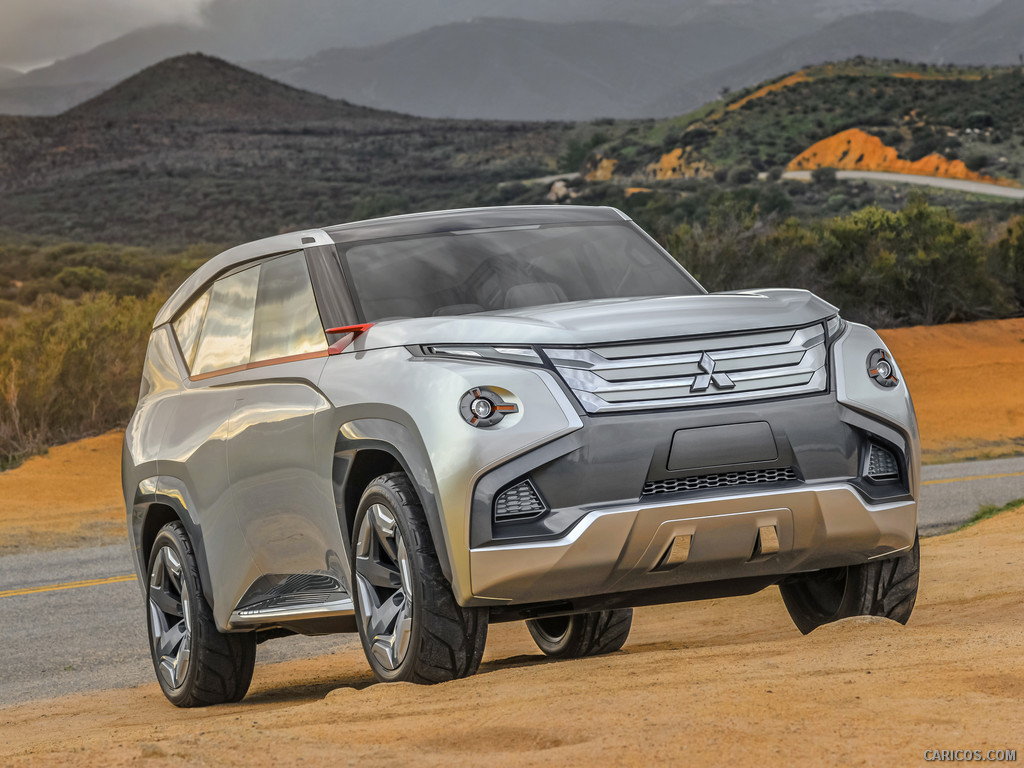 \n
\n
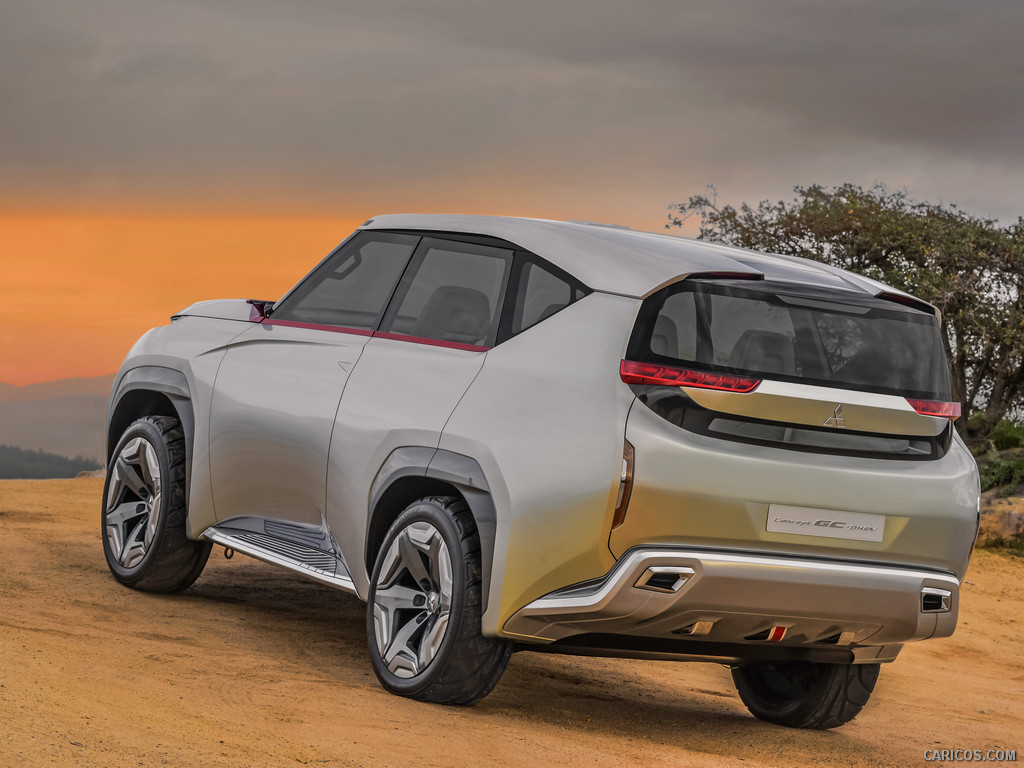 \n
\n
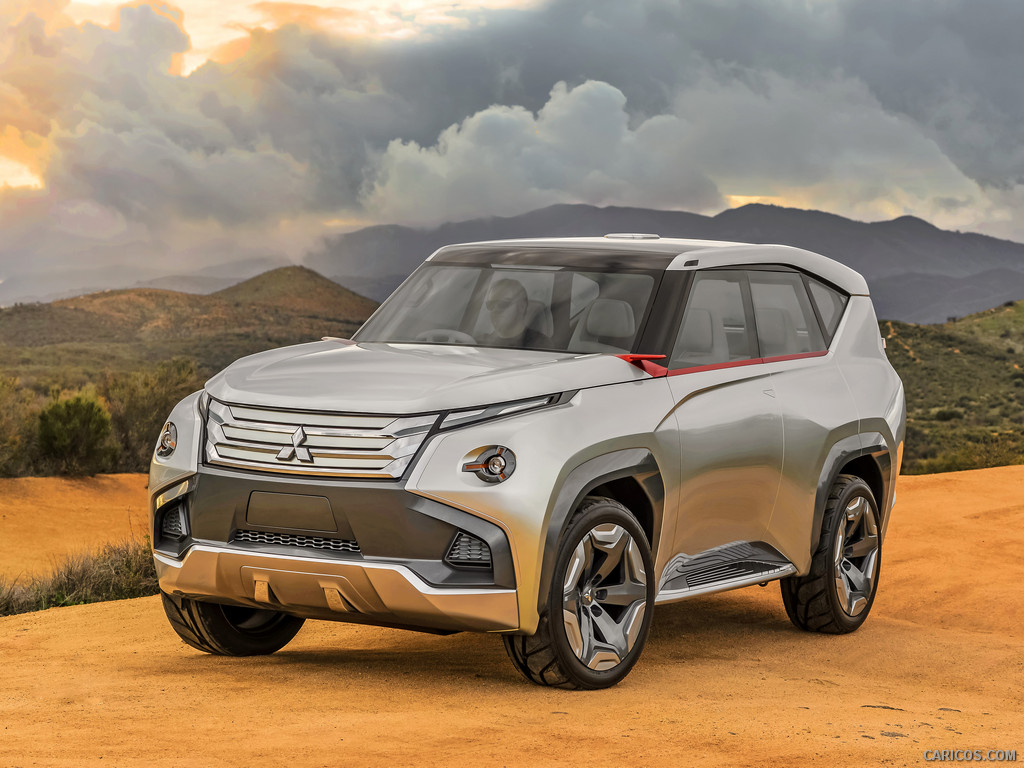 \n
\n
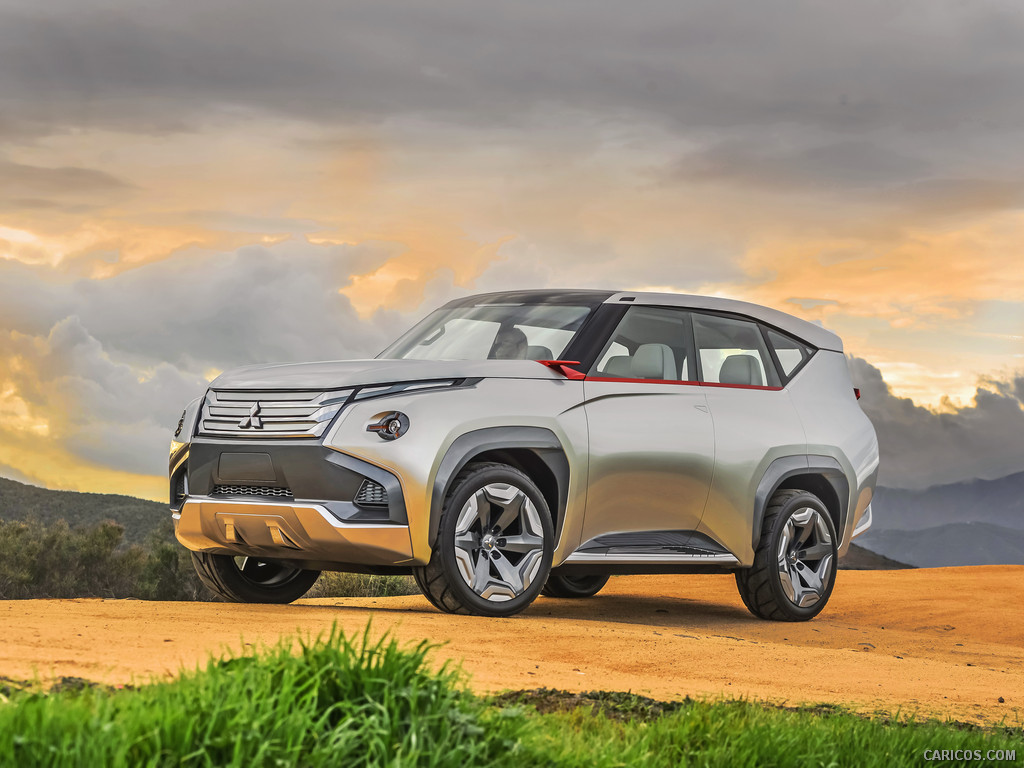 \n
\n
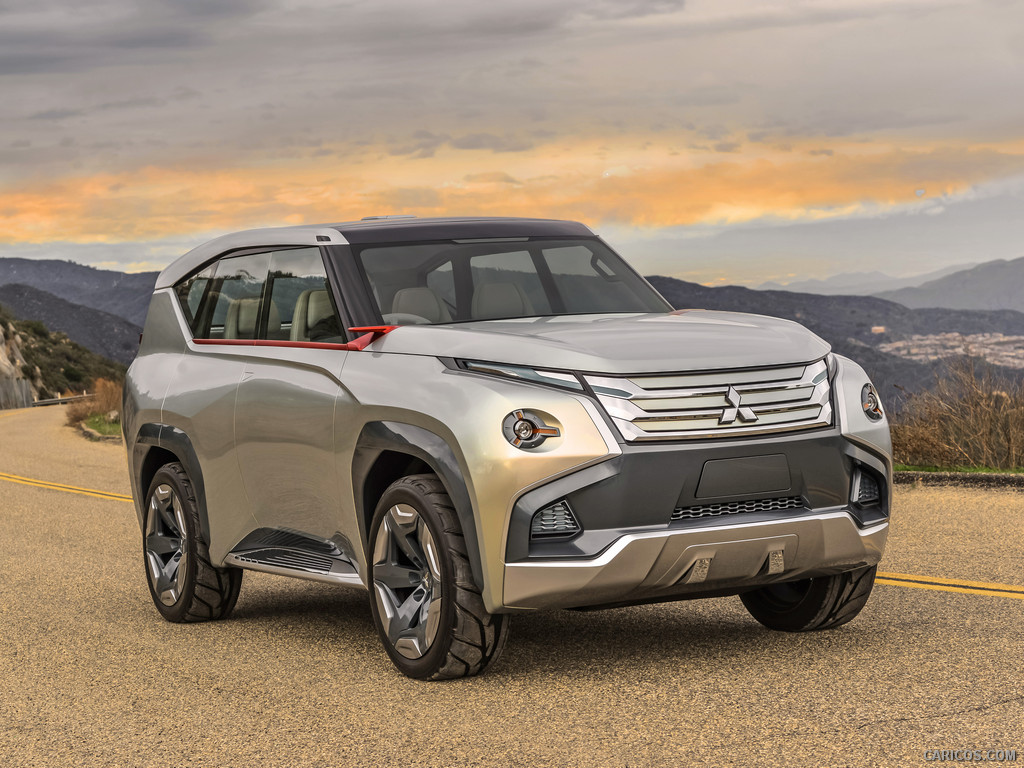 \n
\n
 \n
\n
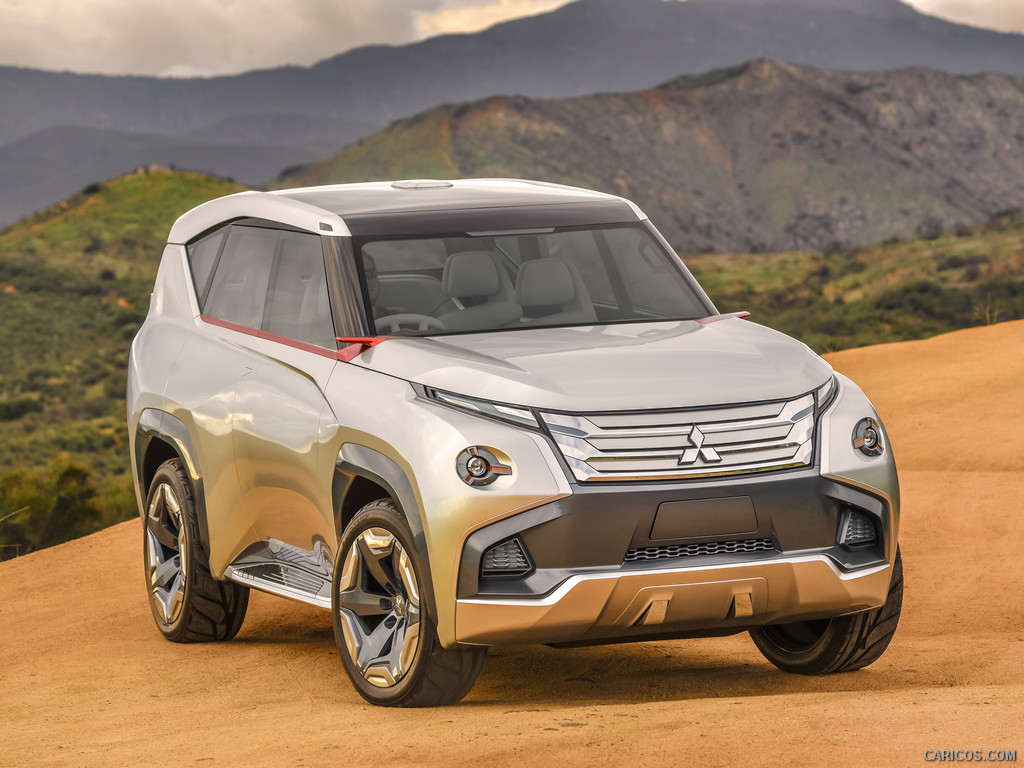 \n
\n
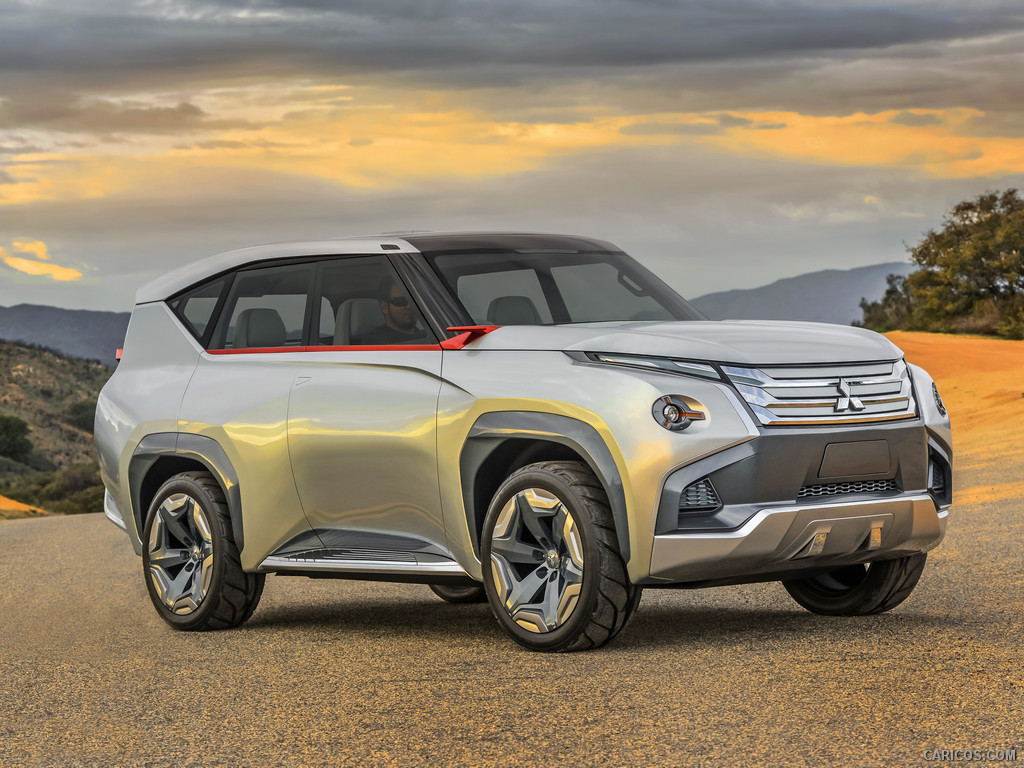 \n
\n
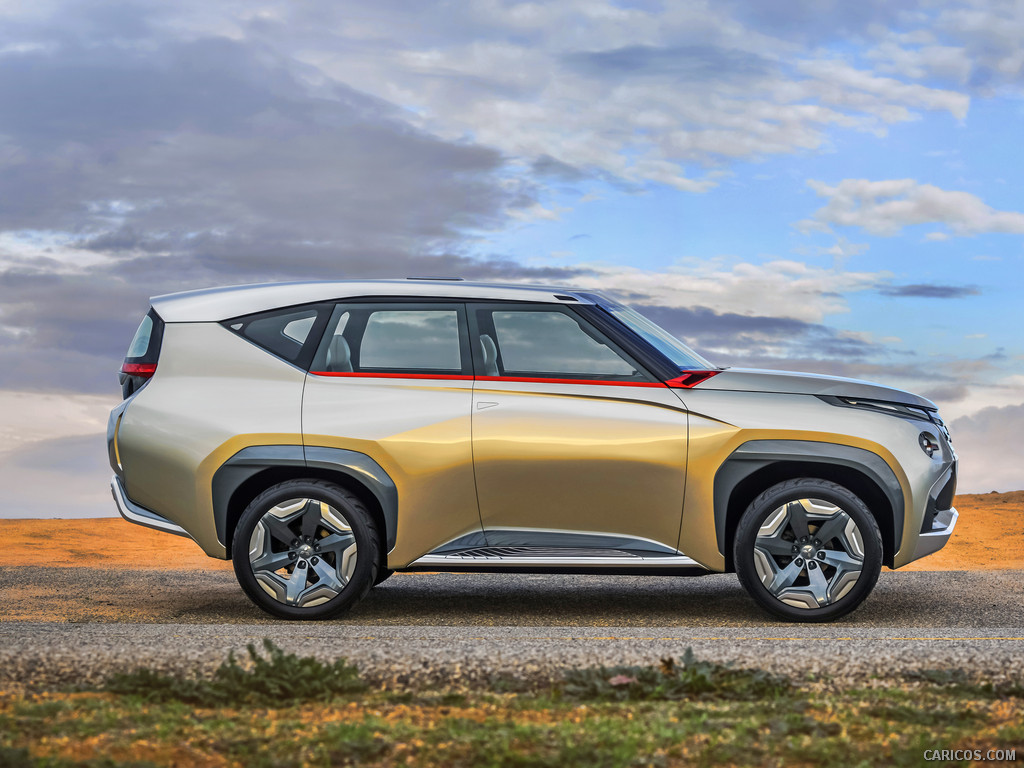 \n
\n
 \n
\n
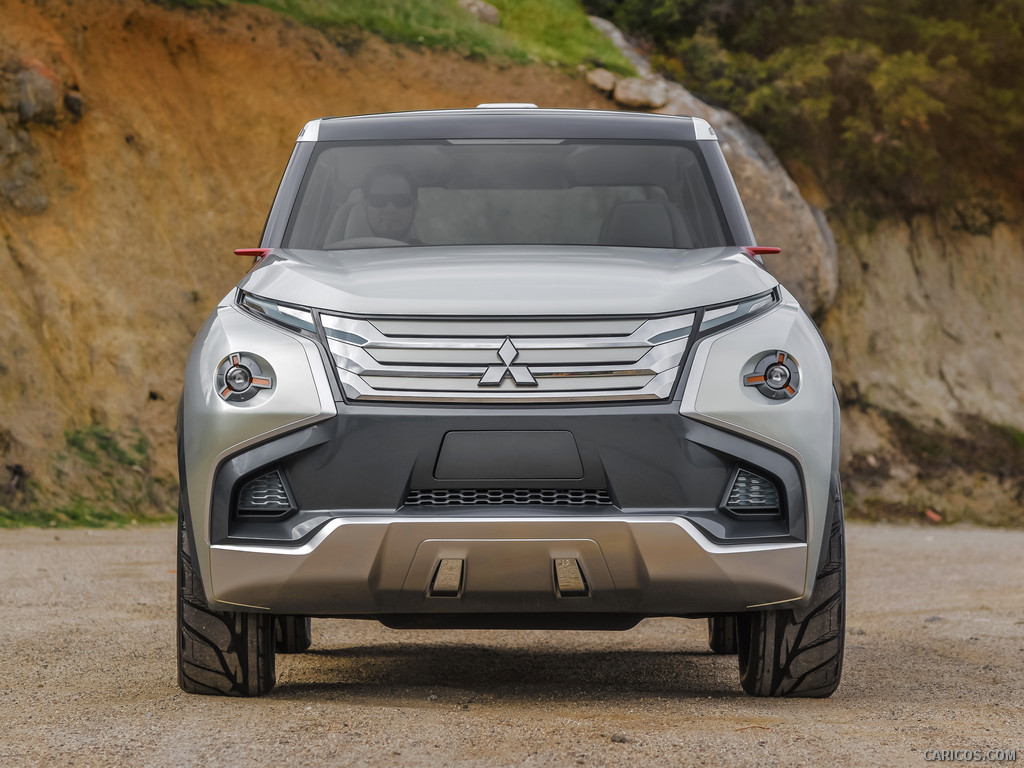 \n
\n
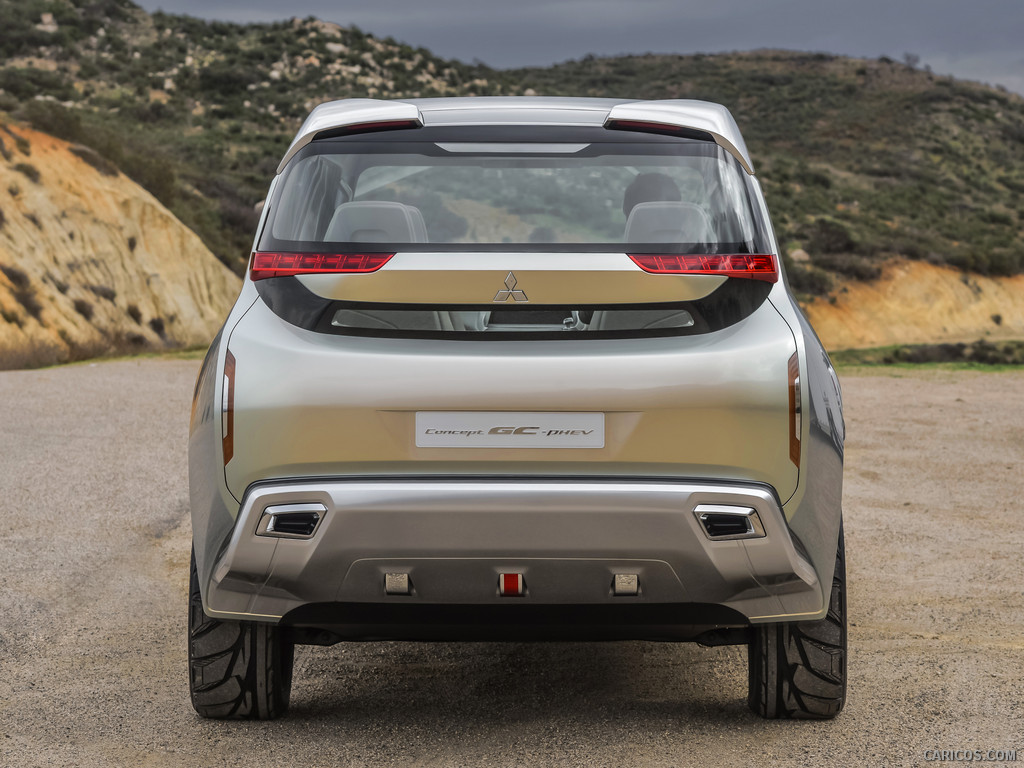 \n
\n
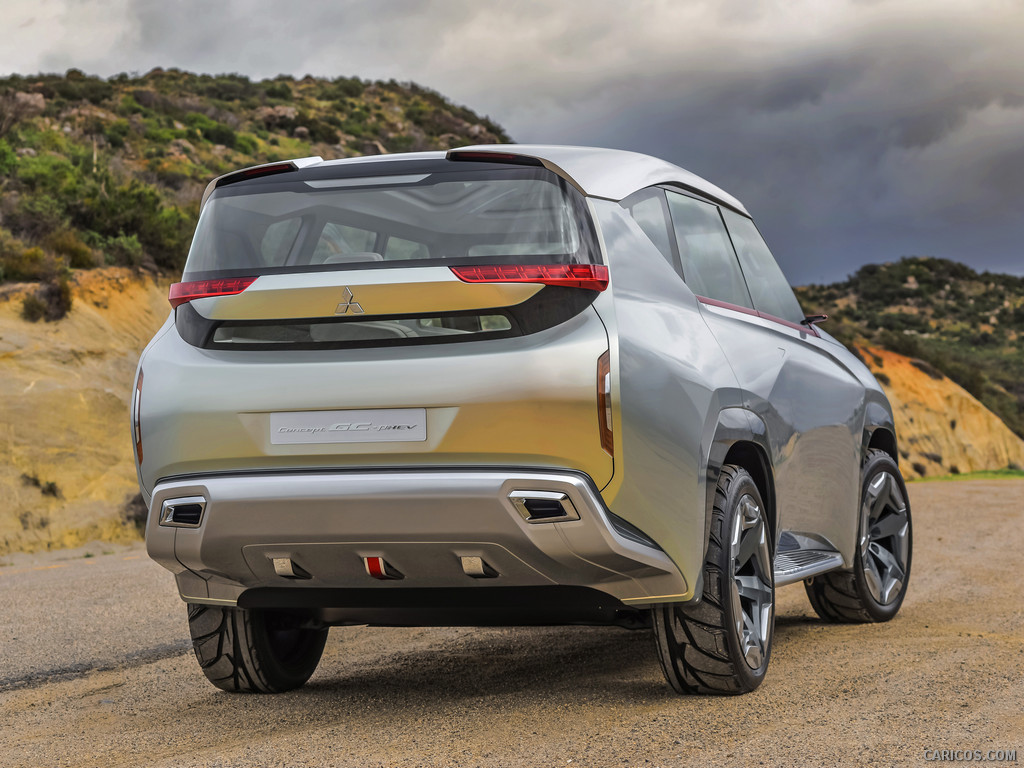 \n
\n
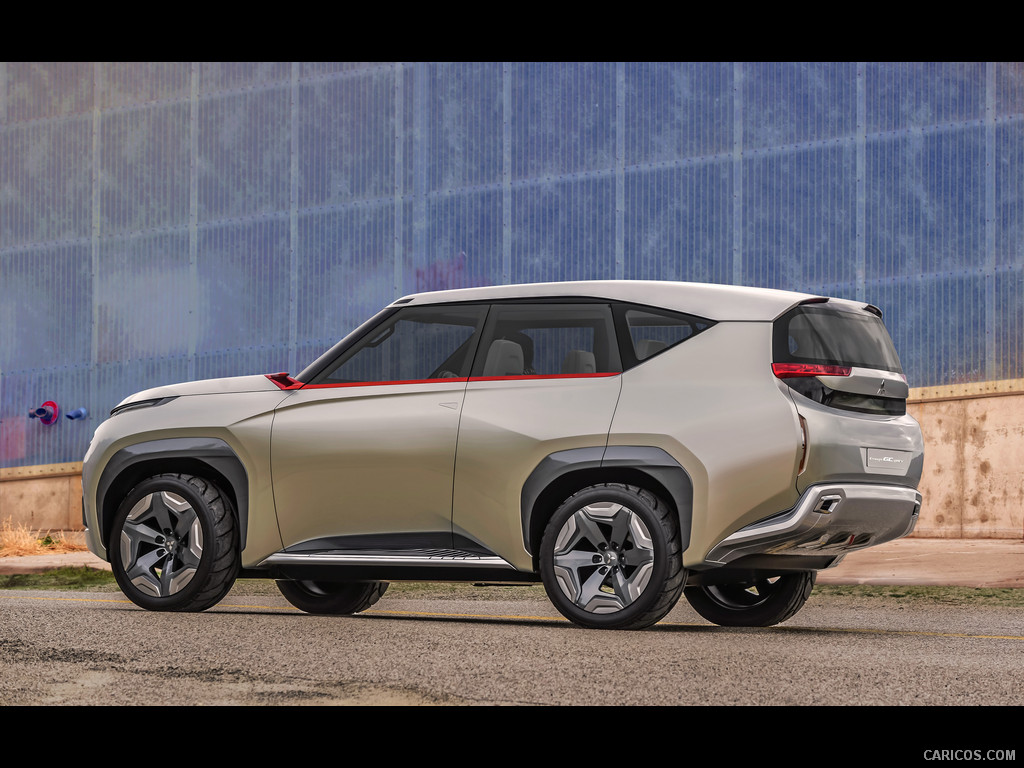 \n
\n
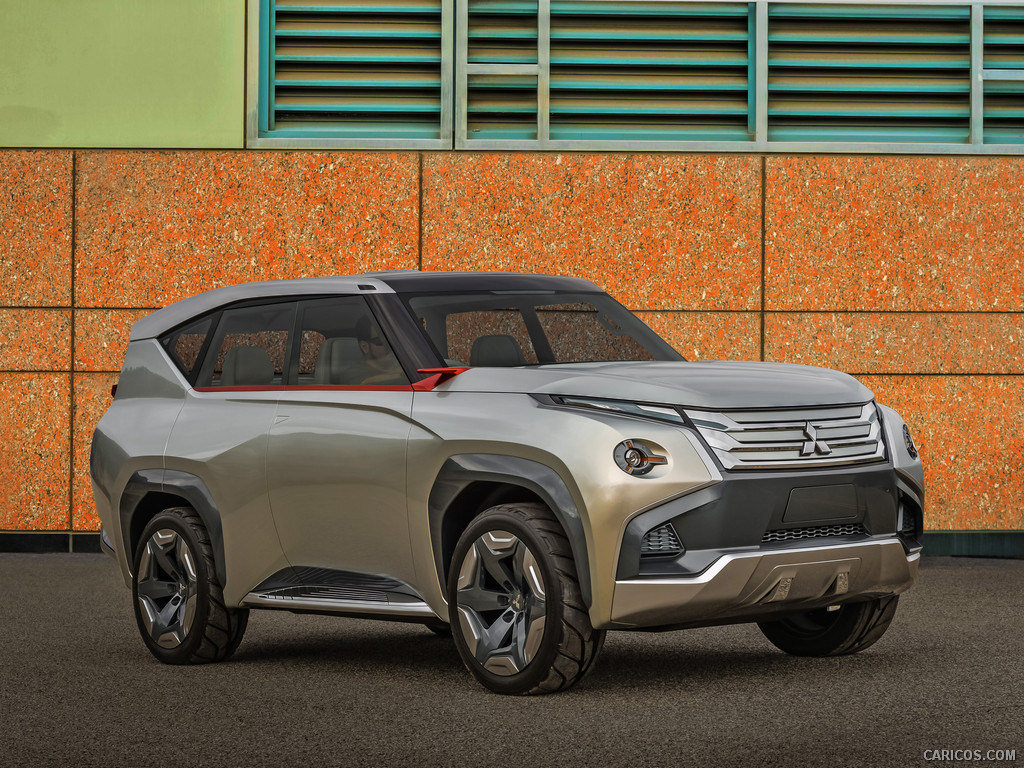 \n
\n
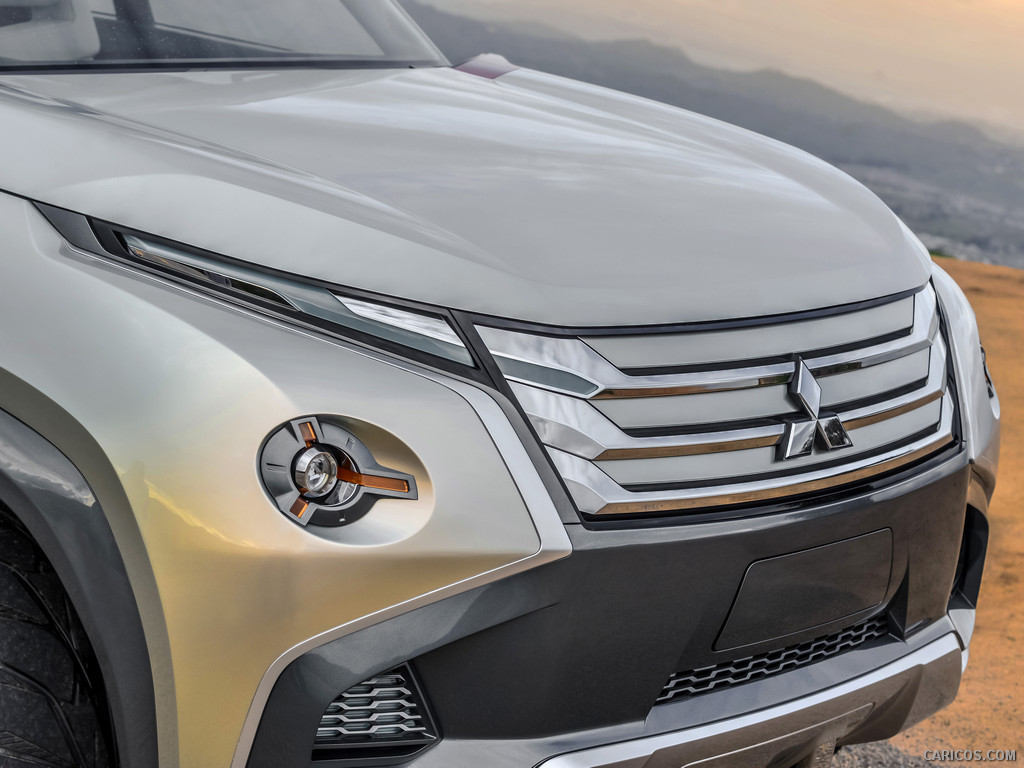 \n
\n
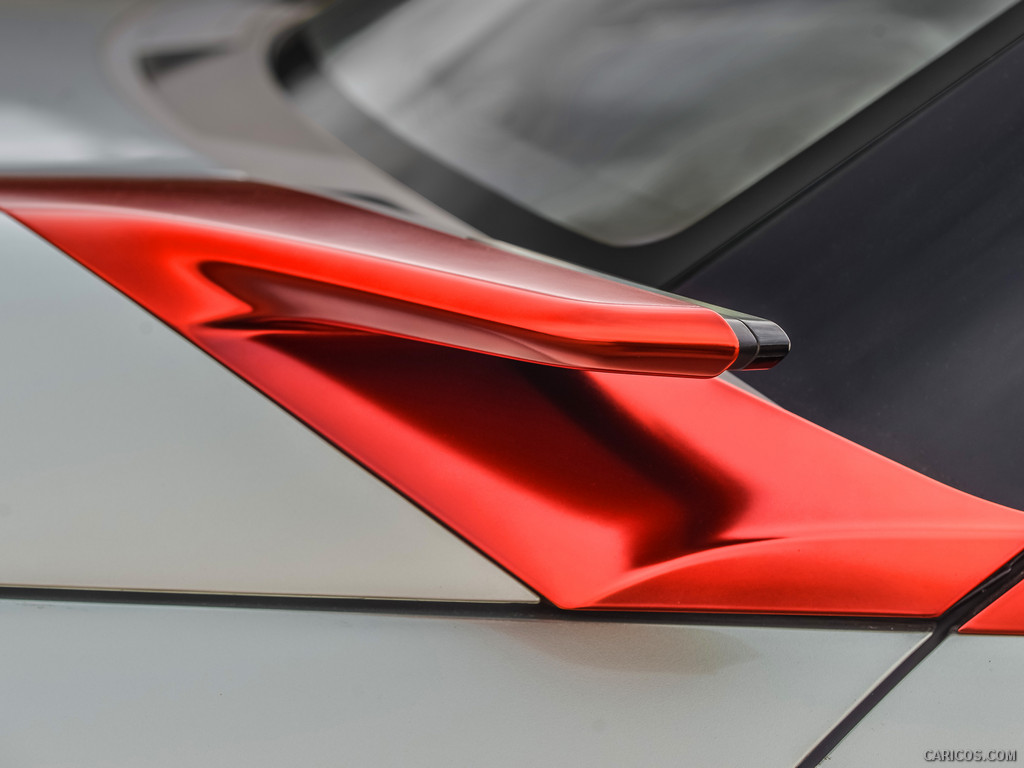 \n
\n
 \n
\n
 \n
\n
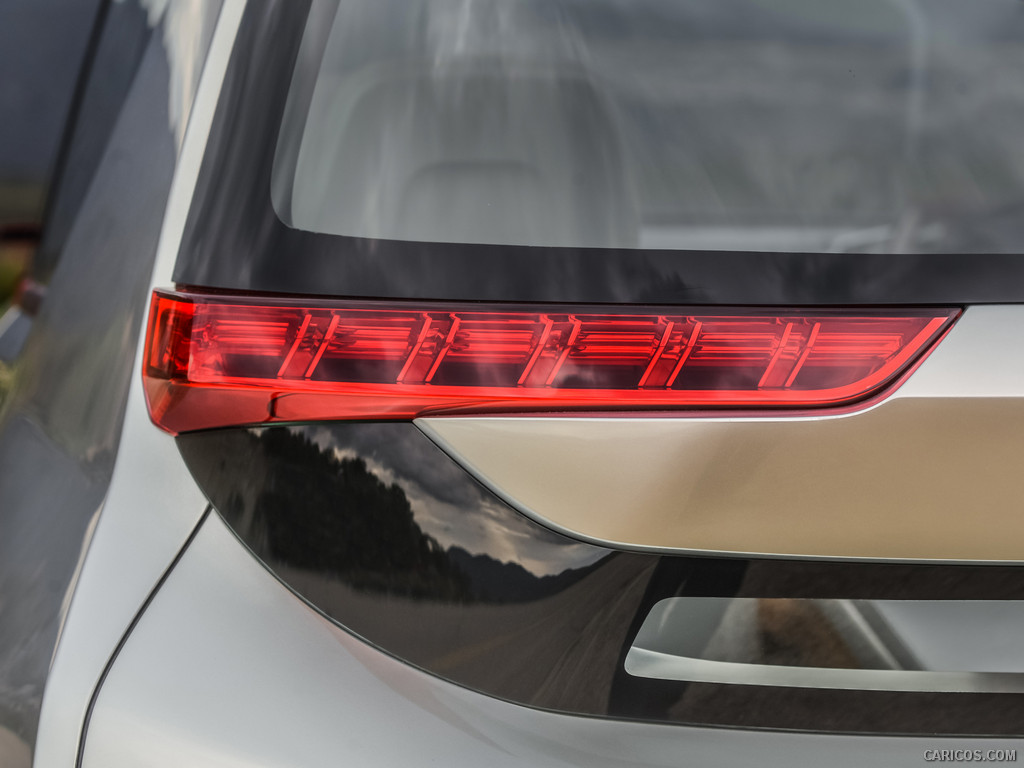 \n
\n
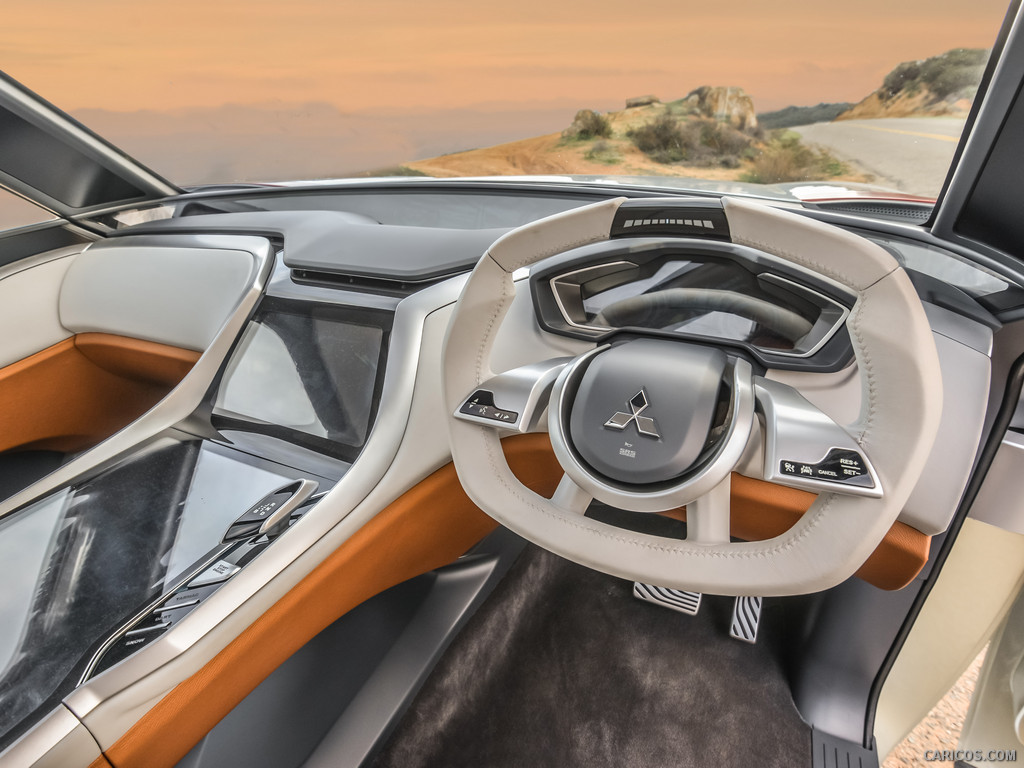 \n
\n
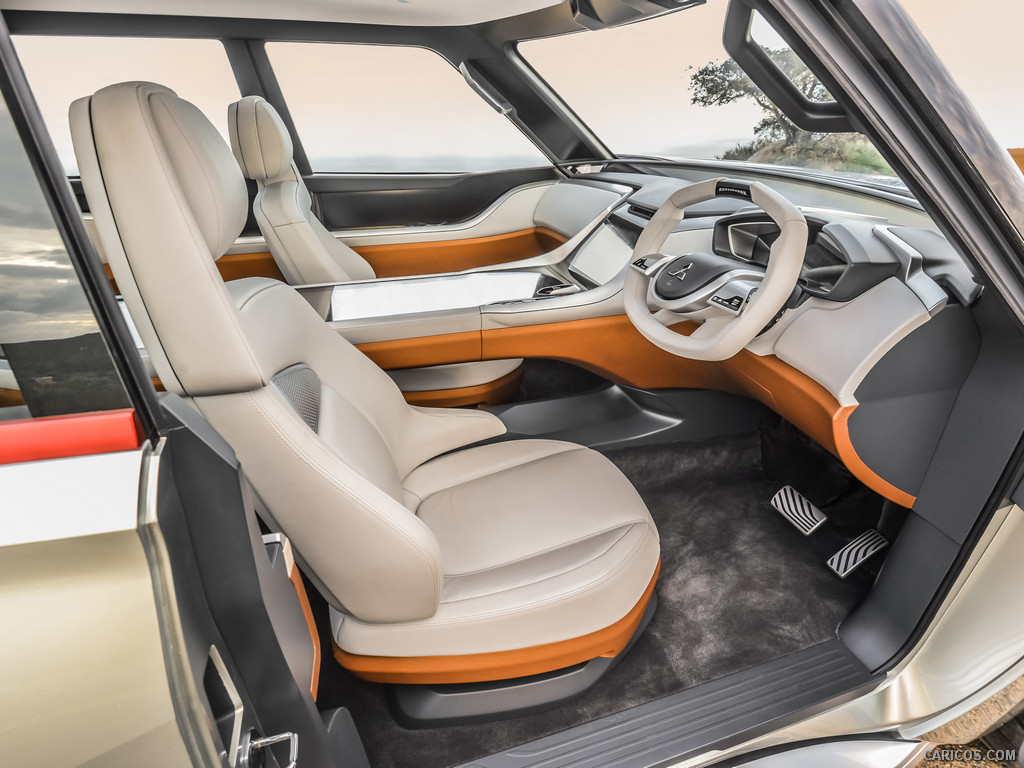 \n
\n
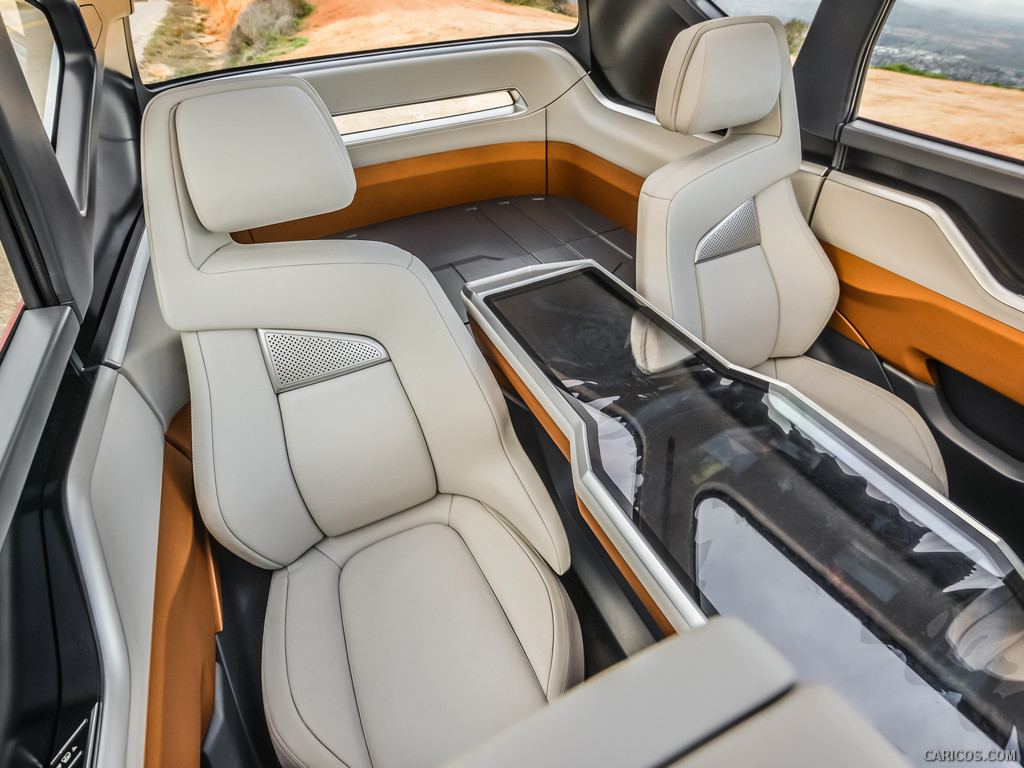 \n
\n
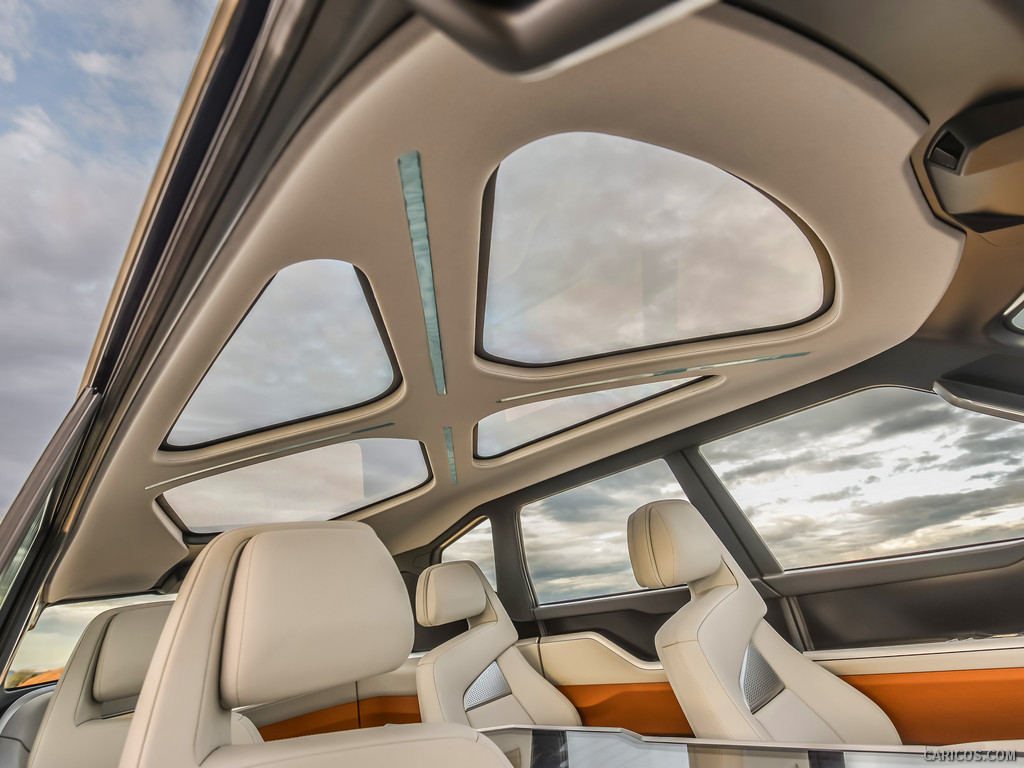 \n
\n
 \n
\n





